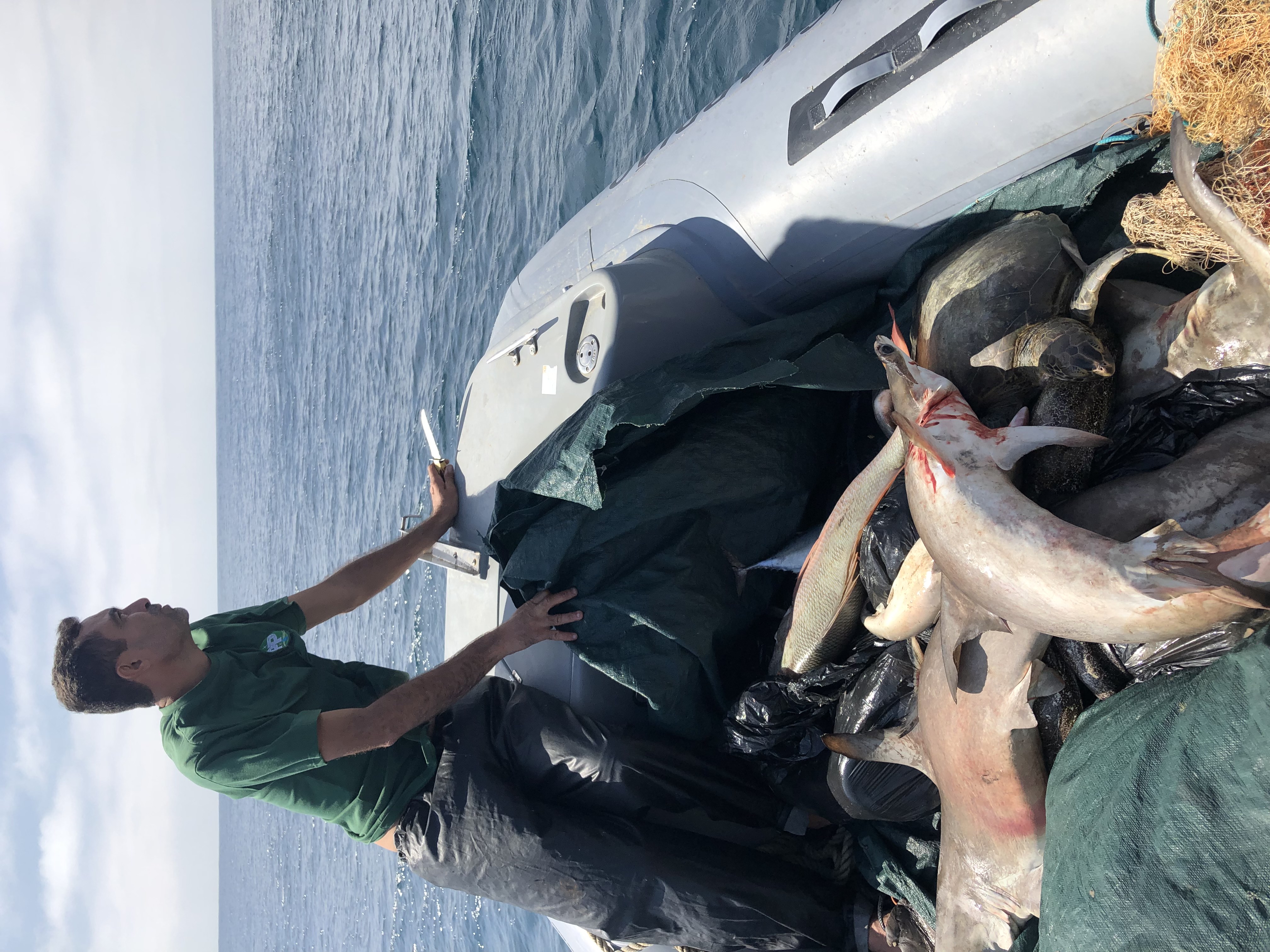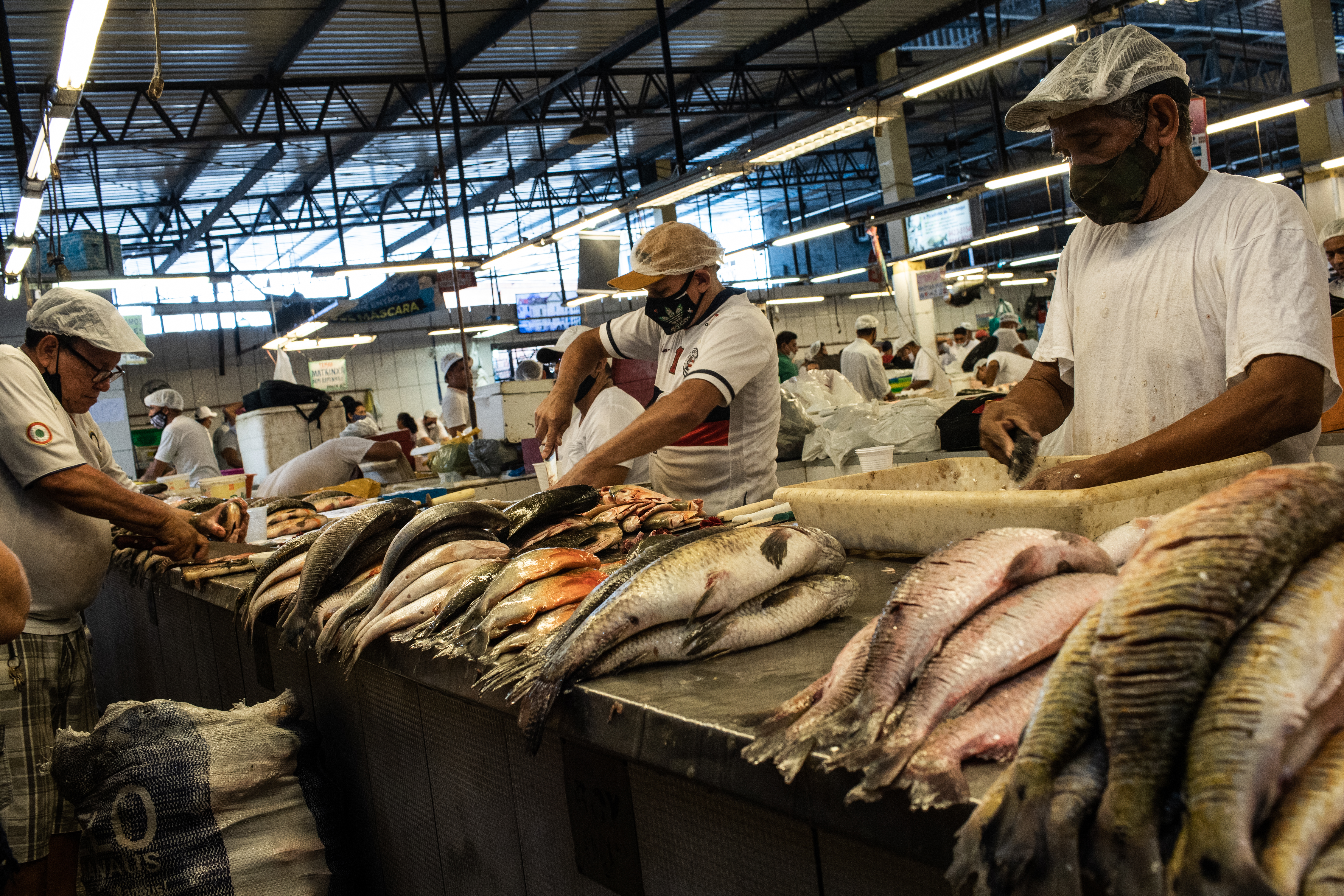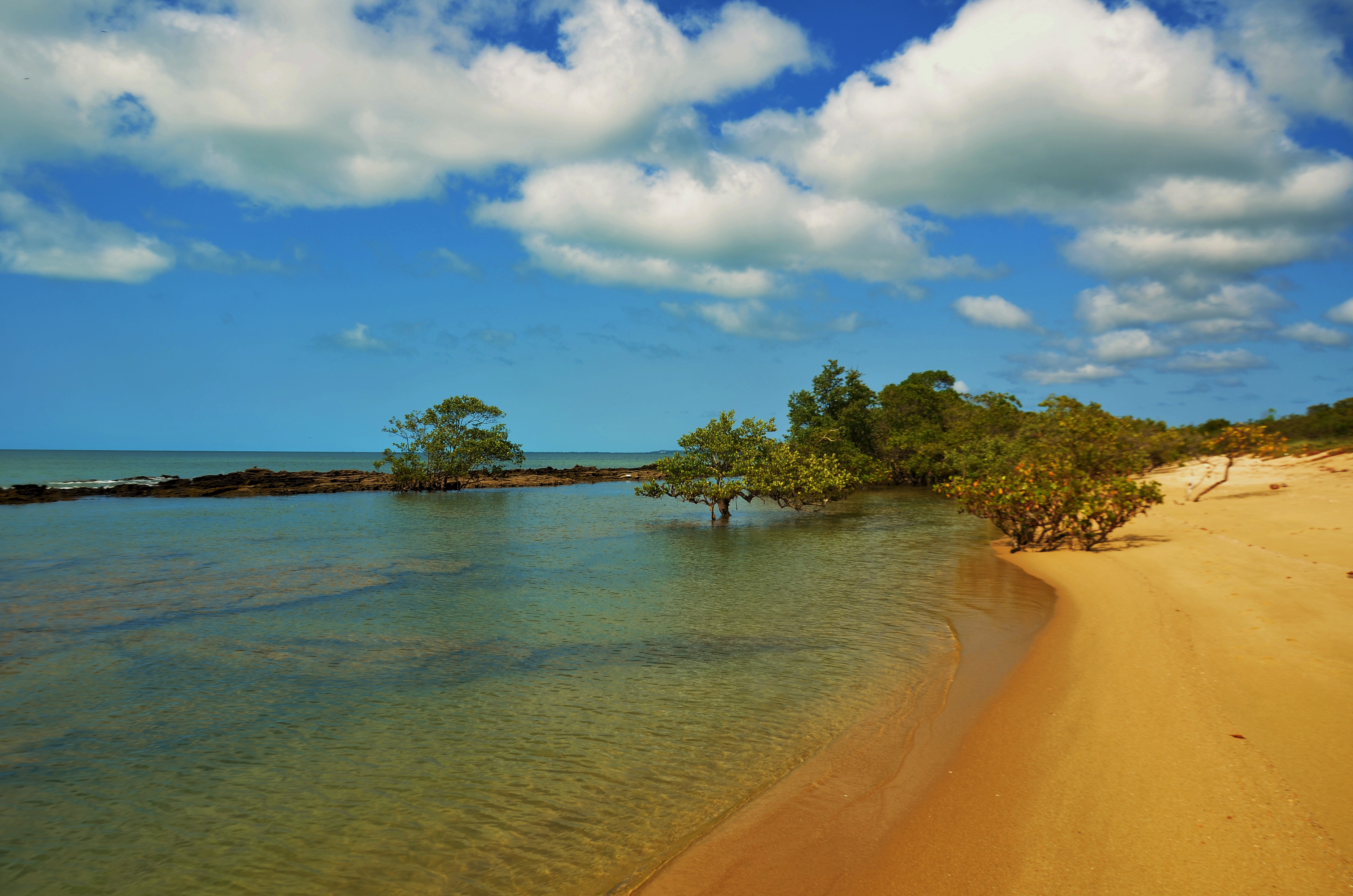by Nathaniel Humpal

Before the pandemic, widespread illegal poaching already had negative impacts on local, state and nationwide systems, from the food system to the economy. A new paper, which compiles reports from over five years in a marine protected area (MPA) off the east coast of Brazil, notes how rates of illegal poaching in this MPA have doubled during the pandemic, and how protection of this area has struggled to keep up.
Despite organizations’ attempts to prevent and punish illegal poaching, it seems to remain the rule rather than the exception, especially in MPAs. As of this article’s publication, less than 10% of the world’s MPAs have successfully reduced illegal poaching. The percentage will likely decline further, due to the pandemic reducing tourism. This reduction means less money to support the MPAs and the staff needed to monitor and enforce restrictions.
Unfortunately, volunteers have also decreased in numbers, and they can’t directly intervene in illegal fishers’ activities either. They’re able to patrol and monitor the MPAs. But when they see illegal poachers in the area, all they can do is call MPA personnel and inform them. Since staff and ships are in short supply, many illegal poachers can end up getting away, especially if they have faster ships than the volunteers who may not have ships at all.
“[Volunteers] are one important factor in controlling the illegal activities in the MPAs, since they can send information to officials in real-time,” said lead author Juan Quimbayo, researcher in the Center of Marine Biology of the University of São Paulo, and a visiting fellow with the Smithsonian Marine Global Earth Observatory (MarineGEO) Program. “The problem is that [volunteers] only can inform, but all the actions can only be performed by officials or environmental police.”
The paper includes reports of both commercial and recreational ships that have fished in the Alcatrazes MPA, off the east coast of Brazil. This MPA is notable for its high biomass and biodiversity. This compilation of reports shows a disproportionate increase in illegal poaching.
Immense Increase in Poaching
According to the report, enforcement increased slightly, but not significantly, during the pandemic. This small increase isn’t nearly enough to combat the almost-doubling rate of illegal poaching in the MPA since the pandemic started.
The study, lasting from 2017 to 2021, shows that poachers have nabbed a total of 39 species in this MPA. Poachers captured 25 different species before the pandemic, and targeted 14 more species after the start of the pandemic. The number of threatened species included in the illegal catch has also increased from 5 to 8. These mainly consist of elasmobranchs, a group that includes sharks, rays, and parrotfishes in this MPA. Biomass has also decreased a great deal as a result.
Throughout the entire study, enforcers have retrieved a total of 2,775 kilograms (6,118 pounds) of biomass from poachers. But the difference before and during the pandemic was startling. Enforcers claimed just 853 kilograms (1,881 pounds) from the years 2017-2019, a total of 3 years. However, in the next 2 years, when the pandemic started, enforcers have retrieved more than double that amount from poachers.

While the number of poachings and extraction of valuable fish biomass have increased, the ships responsible shifted greatly, from commercial ships to recreational ones.
Before the pandemic, commercial ships accounted for almost 95% of the biomass poached. But once the pandemic started, they accounted for just 0.5% of the biomass removed.
“Commercial ships… decreased their illegal activities in the MPAs probably due to lockdown rules established during the pandemic,” Quimbayo said. “On the other hand, recreational ships increased their activities.”
Recreational ships poached a lot more fish during the pandemic than before it. During the pandemic, poachers became more aggressive due to limited MPA staff, which increased their chances to get away. Their aggression led to 20 times more biomass poached during the pandemic than before, from 56 kilograms (123 pounds) to 1,140 kilograms (2,513 pounds). They were almost singlehandedly responsible for all the biomass poached during the pandemic.
Ever since the pandemic started, it has emboldened recreational poachers. Scientists think this is because their ships are smaller than commercial ships. This means they’re less detectable, and therefore more likely to get away with their illegal activities. The number of ships has increased with the pandemic as well, which the MPAs’ protections haven’t caught up with yet.
“People moved from the big cities to the coast. This migration probably increased the pressure on the MPAs, since they used faster and more powerful ships to fish in the areas,” said Quimbayo. “[MPAs’] resources are limited not only in terms of money but also in the number of people and ships.”
This increase of poachers led to more illegal poachings, which has led to more damage in the MPAs. Fewer fishes mean fewer predators to feed on algae, which leads to a change in the structure of the ecosystems.
“Coral reefs are kept clean by herbivorous fishes like parrotfish, surgeonfish, and other grazing and browsing species,” said co-author Jonathan Lefcheck, coordinating scientist with the MarineGEO network at the Smithsonian Environmental Research Center. “If the algae covers the coral, the corals can ultimately wither and die… [this] is common in coral reef ecosystems around the world where overfishing has removed these herbivorous fishes.”
Shoring Up Protections

The data collected show an ugly increase in illegal poaching. Even worse, since there wasn’t a big increase in patrols during the pandemic, the actual number of poachings is likely higher than reported.
Another circumstance to consider is where enforcers caught illegal poachers: inside or outside the MPAs. Some may have poached inside the MPAs, but were caught outside them. Enforcers would therefore report their poaching as happening outside, rather than inside, since there’s no way to know how much biomass the poachers caught inside the MPAs. Therefore, the actual number of fishes poached inside the MPAs could be higher than reflected in the reports.
The paper has several suggestions on how to improve the protection of MPAs.
Firstly, patrol efforts can use drones as well as the “Automatic Identification System,” to ensure that no ships are trying to invade the MPAs and poach fishes. This system is a similar one to toll roads, where cars have passes to identify the cars as valid. The Automatic Identification System will track ships’ numbers and mark them as valid or invalid, which will help security.
Secondly, organizations can use this disruption in revenue to examine and re-budget their revenue to better maintain and protect MPAs. They can also brainstorm how to attract more tourists, which will increase revenue and possibly improve the protection of MPAs.
“One potential advantage of having tourists in the area is that they can observe and report illegal activities,” Lefcheck said. “The area is currently patrolled by a single boat that obviously can’t be everywhere, all the time. Tourists can fill in the gap and alert enforcement authorities in areas when the patrol boat is elsewhere.”
There’s also the recommendation of using social media more to increase awareness and accessibility. With improved social media usage, tourists and volunteers can help detect more intruders, which will deter future attacks.
“This study is timely given that we are just beginning to understand the ecological consequences of COVID, and it will be exciting to see more records from other places released from during the pandemic, and whether they agree with our findings from Brazil,” said Lefcheck. “It also builds towards a better understanding of how marine protected areas work (or don’t work), ways to improve enforcement, and ultimately achieve an effective balance between sanctioned fishing and conserving nature.”
The full paper, “The COVID-19 pandemic has altered illegal fishing activities inside and outside a marine protected area,” is available online at https://www.cell.com/current-biology/fulltext/S0960-9822(22)00989-7.

